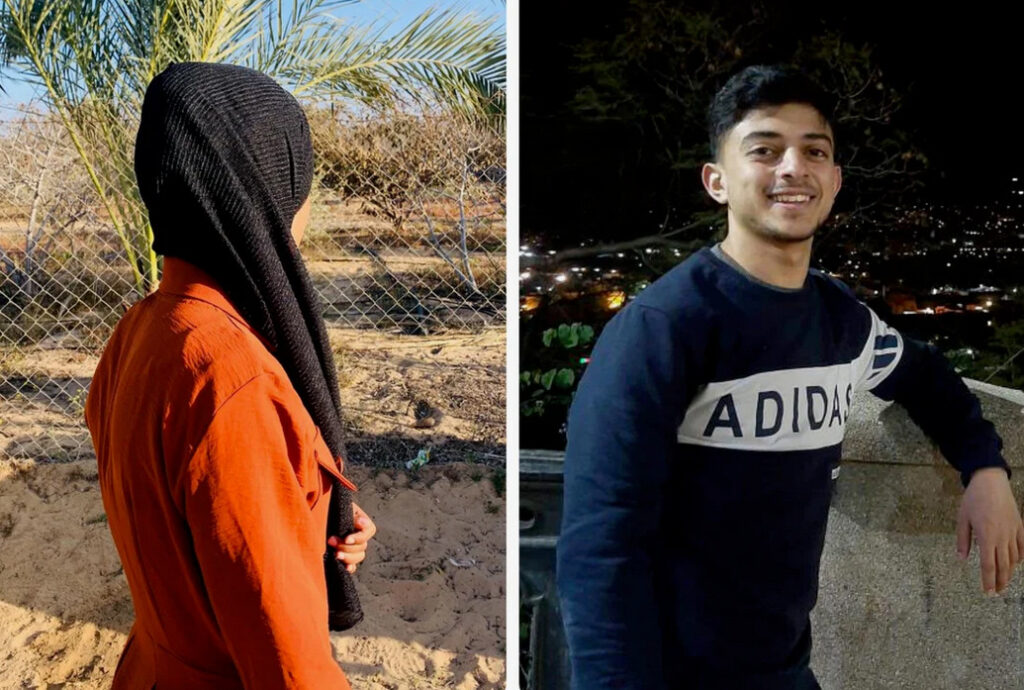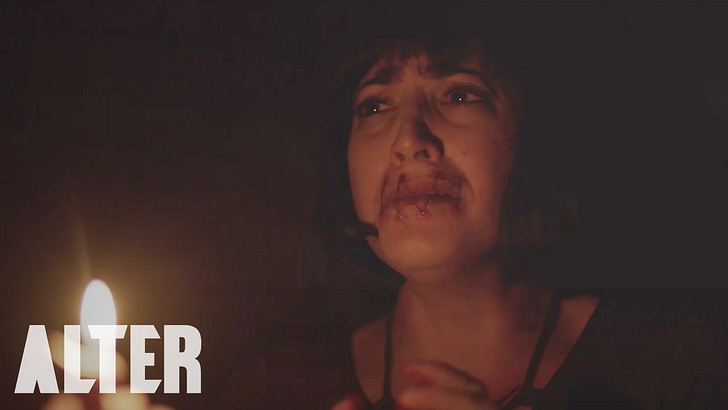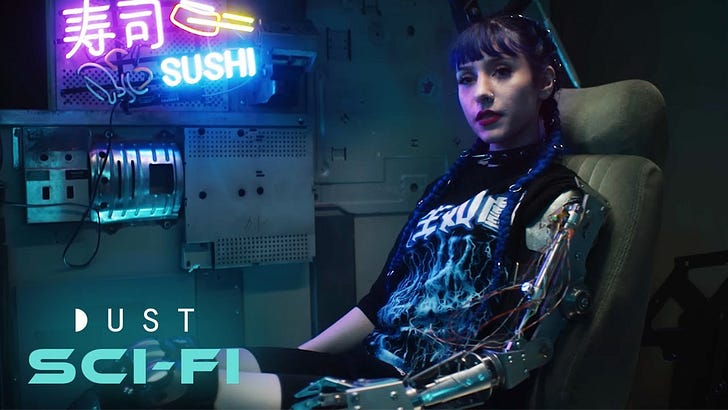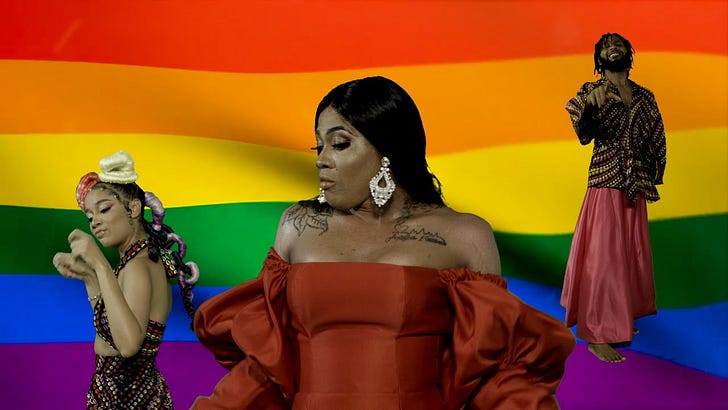Four queer short films get meta about filmmaking
Are films about film the ultimate navel-gazing, indulging the most self-indulgent aspects of the medium and its creators? Or are they a fascinating metatextual analysis of story-telling and craft? Probably a little of both, but I find them really fun either way. And this conceit is especially fascinating when used in queer film, because of the limitations and barriers to access that queer filmmakers have faced for so long.
This week’s short films all look at how movies (or television) are made, whether through critique, homage, or stories about production itself. But the other thing they all have in common is in highlighting the cisheteronormativity reinforced by mainstream film and television, demonstrating where queer stories and perspectives have always existed and need to uplifted.
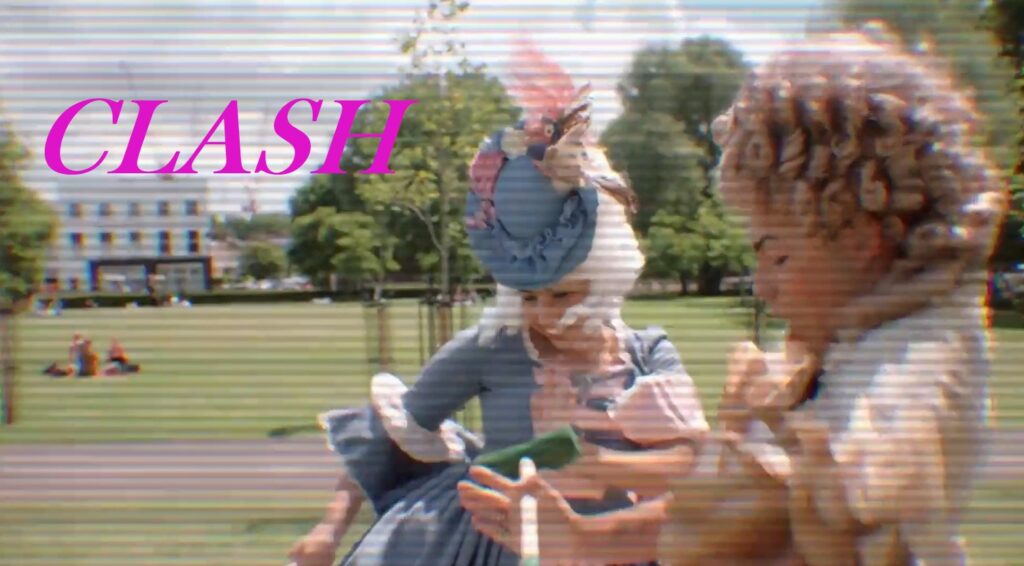
“I think the effect of period drama is to create a national myth, so it’s about the stories that we tell ourselves.”
Clash, written and directed by Amrou Al-Kadhi, is a short experimental documentary critiquing the lack of representation for queer people of color in television in the United Kingdom – particularly in British period dramas. Interspersing candid interviews with staged parodies of period drama scenes both highlights the discrepancies in the mainstream, whitewashed images of history, and also brings an absurdity to the way British history is glamorized in our media.
Clash came out several years before the show Bridgerton catapulted questions around diverse representation in period pieces into mainstream international conversations. However, for me, Clash, even in its short runtime, brings up issues that shows and movies like Bridgerton fail to address: is the simple inclusion of queer people of color in historical narratives is enough without also challenging Britain’s imperial history in and of itself? And how do we tell the real stories of queer people of color in British history – some of whom (though not most) were in fact aristocrats and people with relative privilege – without upholding racist and colonialist narratives? Clash doesn’t have all the answers, but I appreciate that it raises the right questions.
Warning for stuttery cuts and static in this film.
Clash
“Wait, was that in the script?”
I want to spoil as little as possible of Second Team, written by Anni Weisband and directed by Ria Pavia, because every second of it is hilarious. The crew of a multi-camera sitcom called 2 Millennial Girls – two guesses as to what it’s parodying – are having a miserable day on set. For the director (Phill Lewis), writers, and producers, it’s because their lead actors (Gigi Zombado and Greer Grammar) barely manage to inject an ounce of emotion into their acting. But for the two actors’ stand-ins, Molly (Francia Raisa) and Jackie (Danielle Savre) – known in film and television as the “second team” – it’s the prospect of having to work together after recently having broken up.
“On season two of a recent gig, instead of wandering to crafty for yet more unearned snacks during down time, I decided to stay put and study the unsung heroes on our soundstage; the stand-ins for the leads,” said Pavia in her director’s statement. “This group was markedly more dedicated than any I had encountered. Despite being overworked and underappreciated, they’d spring into action each time the words ‘Lighting Mode’ were uttered.” Second Team not only highlights the work that goes on behind the scenes, but also gives us a hilarious and relatably gay story of what happens when you mix work and pleasure.
Second Team

“I was once your fantasy, but now I’m my fantasy.”
The Actress, written and directed by Andrew Ondrejcak, recreates six scenes from classic Hollywood films – including key moments from queer film history, like Marlene Dietrich’s iconic scene in a tuxedo in 1930’s Morocco (where Dietrich famously kisses a woman, though The Actress does not depict that part) – by reinventing them to star the fabulous Isabel Sandoval. As the eponymous “actress”, Sandoval takes us through what she calls “a dazzling and bold stroke of cinematic graffiti”, a tour through time of the way actors inhabit characters and new worlds, as well as highlighting when certain actors are not, in fact, invited to portray certain roles.
The film is stunning stylistically as well. “In each scenario, the cinematographer Diana Matos and I tried to stay as faithful as possible to the original way it was filmed…including lenses, film stock, and camera movements,” said Ondrejcak about the film. “It was an enormously interesting process akin to being a painter and going to the Louvre to replicate a painting by an old master.” Check out more of Ondrejcak’s work at his website and Sandoval’s work through her Twitter.
The Actress
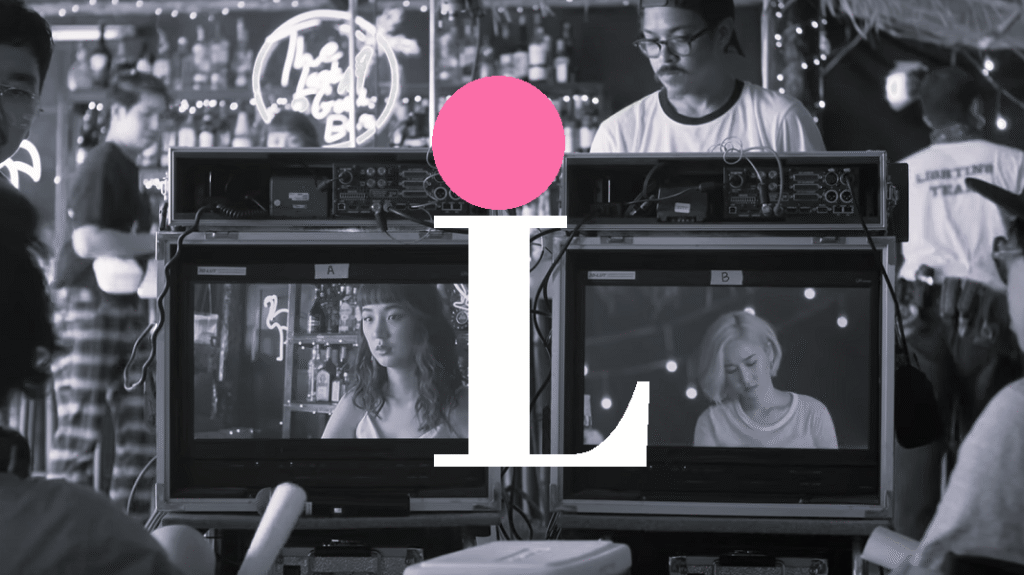
“And if the bike and destination are the same sex, they won’t receive the trophy?”
i Stories ตอน L, written by “Claire” Jirassaya Wongsutin and “Coentin” Kantapon Duangdee, and directed by “Baz” Nattawut Poonpiriya and “Jean” Khamkwan Duangmanee, is about a new flirtation on the set of a film. The protagonist (Sirada Tanapeng), whose name is given as “i”, is a second assistant on the shoot who finds a spark of connection with the lead actress (“Thanaerng” Kanyawee Songmuang), even though the actress is in a relationship with her male costar.
This short is part of the miniseries i Stories ตอน which made up of four queer films called T, B, G, and L, each featuring a protagonist named i. As the last in the series, i Stories ตอน L has a lot of fun playing with the conceit of a film within a film – characters cross over between the four films, and the scripts of each of the other films is highlighted in one of the scenes. i Stories ตอน L also goes hard on playful and funny symbolism, and apart from some slightly on-the-nose flower imagery and a metaphor perpetuating a heterosexist myth about how human sperm and eggs interact, the film is charming, well-crafted, and fun.
i Stories ตอน “L”



